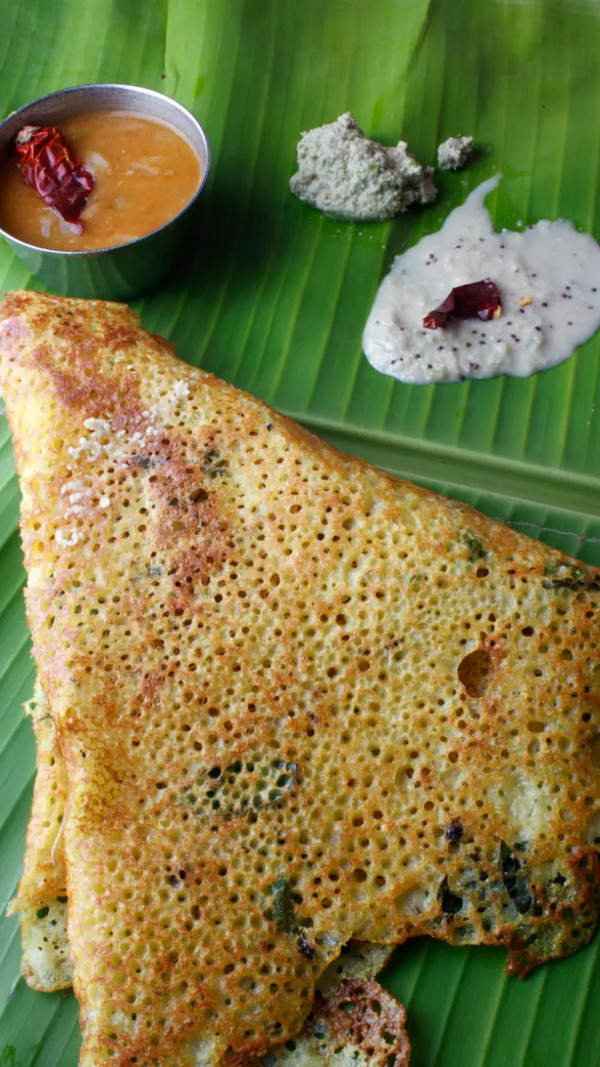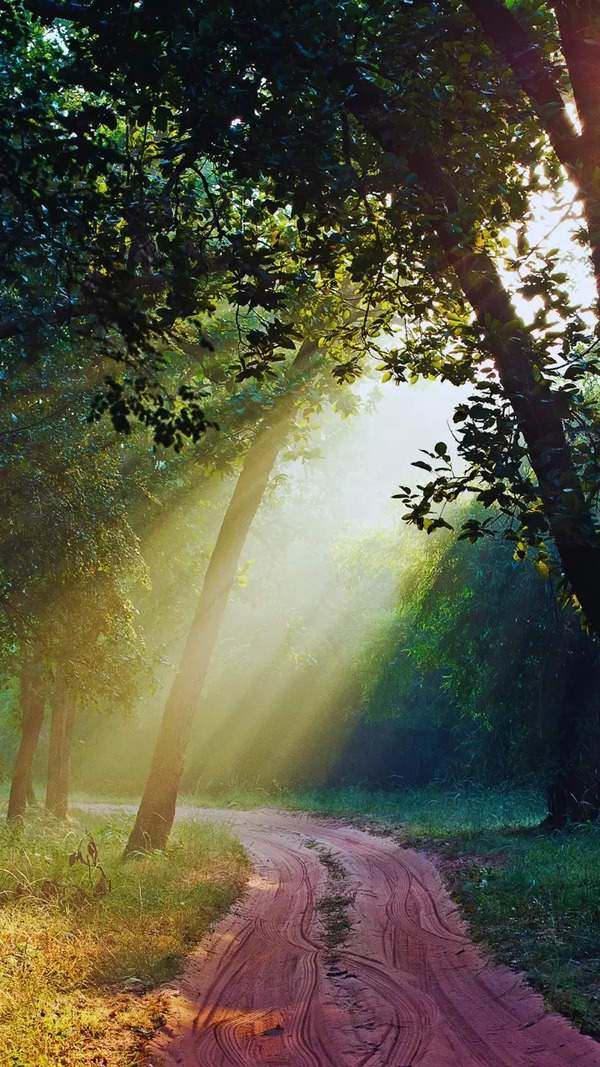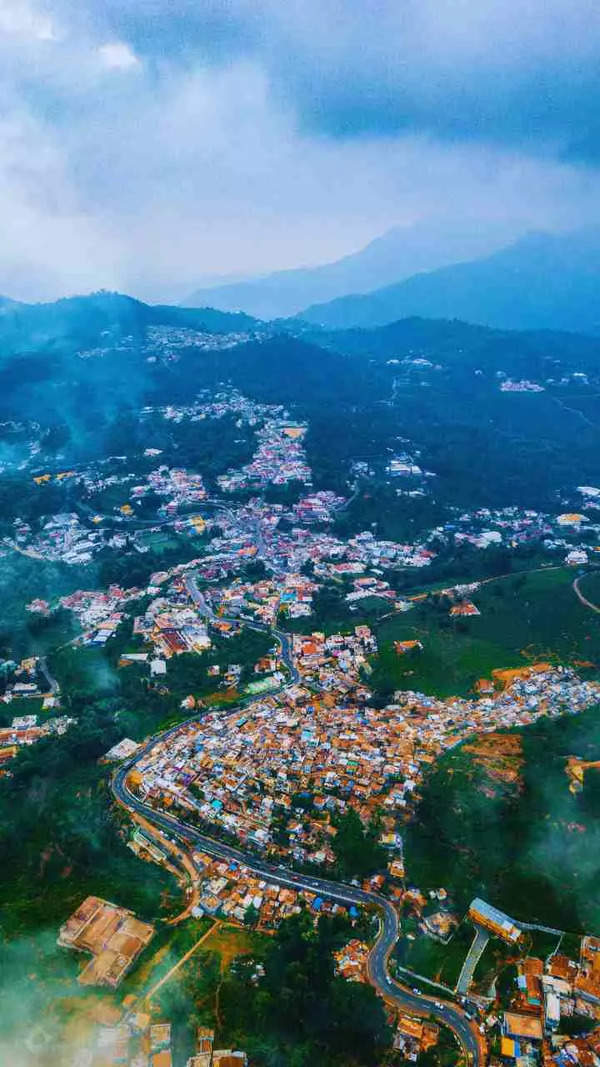- News
- City News
- nagpur News
- What to plant, where to plant - A guide to better survival of trees
Trending
What to plant, where to plant - A guide to better survival of trees

To ensure our effort doesn't go waste, it is imperative to know the right techniques of plantation.

What to plant?
Every tree gives oxygen, but some trees give more value in terms of their ecological services. For example, if you want a car with high performance, you need to buy one with high CC.
"Natives are plants that have been in existence in a given geography for thousands of years and have co-evolved with animals, birds, etc.," says Manasi Karandikar, co-founder of Oikos, Pune, an organization which has done ecological restoration in more than 200 acres of land in the country.
A plant suitable for high rainfall zone of Sahyadris, like Tamhan or Kadamb, may not give best results in Vidarbha or Marathwada. In contrast, Hivar or Anjan may grow very well in dry regions of Aurangabad and Amravati for very less maintenance. "The energy to plant trees fades as the dry season nears. Plants need care for at least 2-3 years. So, prefer those that need less maintenance," said Prachi Mahurkar, who has been conserving native seeds in Central India for years.
Based on need, mainly following selection criteria applies -- shade giving, flower bearing, medicinal, horticulture, rare, nitrogen fixing and trees that support many birds like tamarind and peepal. (refer to box)
For conservation and biodiversity purposes, strictly go for native plants. For avenue plantation, an occasional non-native plant like gulmohar or acacia might do, says Karandikar.
Where to plant?
It is important to know the soil strata. "A rocky terrain or murum land may be suitable for neem, shivan, palash and ficus, but such a land should ideally be restored at least for a year before it is taken up for plantation. Any tree can be planted in fertile soil," said Karandikar. A place where water stagnates could be good for Arjun but not for mahua or most other trees.
In case of roads, plant at the end of the shoulder (emergency stopping lane on the outer side of a road) or your hard work may go in vain during road widening.
Broadly, plantation drive can be classified into avenue or roadside, institutional and mass plantations. (See box)
When to plant?
In Vidarbha and Marathwada, any season is good for plantation provided water is available all through the year. However, it is better to avoid the activity when it's raining cats and dogs and wait till it slows down or stops.
How to plant?
There is a tendency to level the land before mass plantation begins. "Don't tamper with the local topography. Trees have thrived on mountain slopes and uneven surfaces for thousands of years. By running a JCB on an unequal land mass, you may expose the rocks beneath and make the soil vulnerable to erosion and landslides during excess rains. Also, grass is not bad as it provides excellent mulch (see box)," says Mahurkar, who recently released a booklet: ‘Punarnava- Native Tree Species of Central India.'
End of Article
FOLLOW US ON SOCIAL MEDIA










